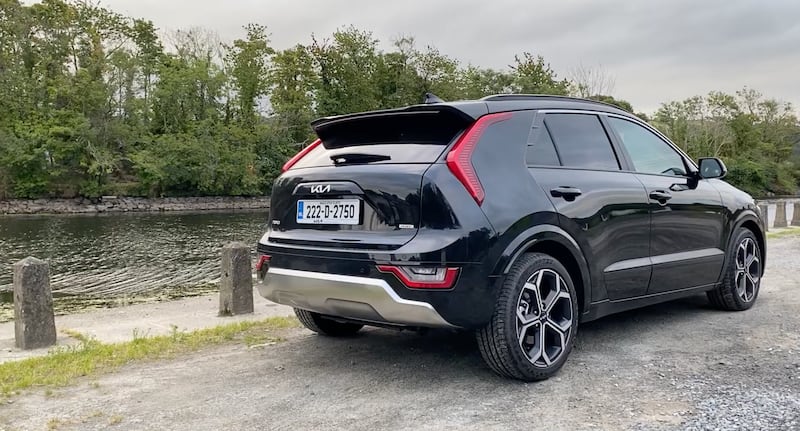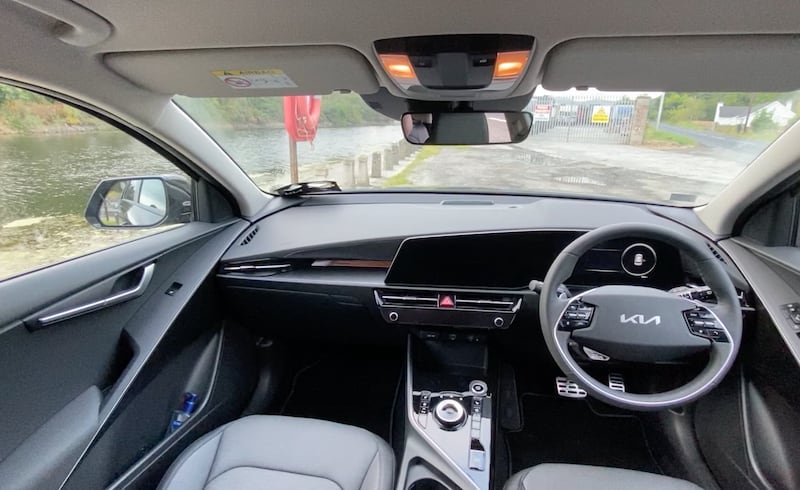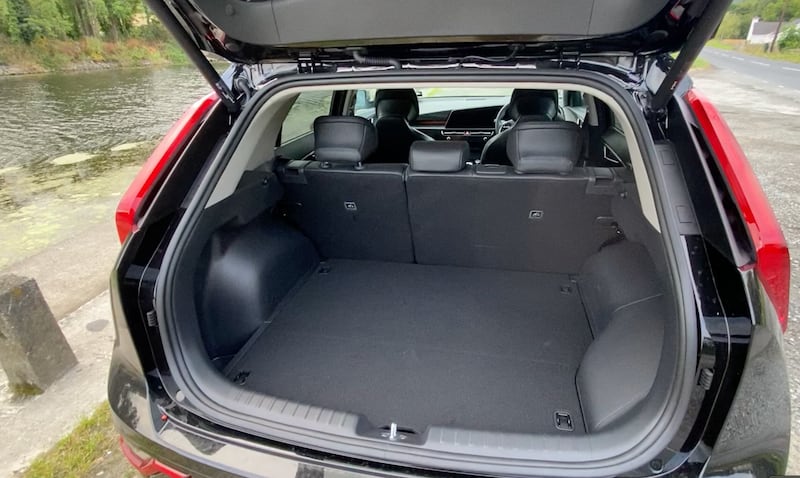The target should be fairly obvious to everyone by now. We need to remove the carbon from our transport system. Even if the advice is that shunning meat and dairy is a better way to make a personal positive impact on climate change, reducing or eliminating the carbon from how you get about has just got to be a good thing.
There’s a problem, though. You could go all-electric for your next car, and there are some fabulous electric cars out there. However, longer journeys then become problematic, due to a continuing lag in the establishment of sufficient rapid charging points in Ireland (and don’t even try me with the whole “just charge at home” and “people only do 10km a day” stuff because that’s just a way of excusing a lack of leadership on charging). Plus, electric cars come with their own climate issues – big batteries use big resources and, potentially, come with big carbon bills of their own. Equally, our electricity doesn’t all come from nice, fluffy, renewable sources just yet, and even as it is we’re being threatened with brownout this winter.
Plug-in hybrids, PHEVs, have often bee criticised by those who champion electric vehicles. “Fake electric cars” they are often called, and there has been some – rightful, in many ways – shade thrown in the direction of those who buy PHEVs for their tax benefits, but then never bother plugging them in and just drive around on the petrol engine all day. You know who you are.
For those who do plug their plug-ins in regularly, I always thought that criticism was deeply unfair, and also missing the point. If we’re going to reduce the impact of climate change, then we can’t all afford to be perfect all at once. If you can afford a Tesla, then great, off you pop and buy one. If you can’t, or if you need to be able to cross the country non-stop, then just do what you can for now. If you’re reducing your own emissions tally, then that’s good enough for you, and good enough for now.
READ MORE
Which brings us to the new Kia Niro. The old Niro was one of the few plug-in hybrid models on sale that didn’t succumb to silly fuel consumption figures when driven long haul, with a flat main battery. That made it a very good car indeed, a goodness somewhat offset by slightly apologetic styling and a cabin that looked and felt a bit 1990s.


Well, Kia has certainly fixed things on the style front. The new Niro may not quite have the dramatic impact of the EV6 electric car, but it’s still much more handsome and distinctive than it was before. I love the chunky light treatment at the front (even if it ever so slightly reminds me of the haunted spaceship from the film Event Horizon), and the option of the contrasting rear pillar, matched with those flying buttress rear lights looks great (a shame that the rear indicators are in paltry little units under the bumper, rather than built into the dramatic “big” lights, but I guess you can’t have everything).
The interior of the new Niro is also a triumph, especially if your budget stretches to this K4 model we’re testing. In that, you get conjoined 10.25-inch digital screens for the instruments and infotainment, and the fantastic little touch panel beneath that flips in an instant from infotainment shortcuts to air conditioning controls. It’s a great cabin layout, and the quality is top notch too (as long as you don’t peer too closely at the down-low plastics).
Seat comfort in the front is good, and the low-set dash means that forward visibility is excellent. There’s good space in the back too, and I love the way Kia puts the rear-seat USB sockets high-up in the front seatbacks (an idea BMW pinched for the iX electric SUV) and our test car even had a 230-volt domestic socket in the back (although it was a two-pin Euro connection, so you’ll need an adaptor…). The boot is a bit of a stumbling block, though – a 348-litre boot is pretty small (especially when the all-electric version boasts 475 litres).

More importantly, Kia has beefed up the Niro PHEV’s electric credentials with a 65km claimed range on a charge of its 11.1kWh battery pack. That seems like a pretty realistic range too, as we cleared the 50km barrier with ease in mixed driving conditions, including some dual carriageway work (and that was in a model with the optional 18-inch wheels which trims the official EV range to 59km).
This Niro PHEV carries over the old model’s 1.6-litre petrol engine, but the combined power output of the petrol and electric halves now equals a useful 180hp. Don’t go thinking that this has turned into some sort of plug-in hot hatch, though – performance is… slightly odd. Unless Sport mode is selected, when you accelerate the system tries to sensibly favour the electric motor, before calling on petrol power. Which is fine, but it takes its own sweet time doing so when you need a quick spurt of overtaking power, and it ends up feeling like a weird form of turbo lag. That 1.6 engine is pretty coarse when it’s revved hard, too.
Drive more gently, however, and the Niro rewards you with exceptionally good fuel economy. With a depleted battery, we scored 4.6 litres per 100km fuel consumption at the end of a couple of long motorway runs, which is pretty impressive. If you can charge up every evening (and an outdoor domestic socket will do, as the Niro only charges at 3.4kW anyway, rendering a “proper” wallbox charger pretty irrelevant), then you could see some seriously impressive economy figures. On one journey, starting with a not-quite-full battery and taking in a mix of city, main road and motorway miles, we recorded overall consumption of 3.0 litres per 100km.

The Niro’s only real stumbling block is its driving experience. It’s fine, and it does feel a touch more positive to drive than the last one, but the light and twirly steering and the slightly wooden feel to the ride quality won’t inspire you to get out and drive, and it feels like a faint letdown given the dynamic enjoyment you get from the bigger EV6.
Did I say only stumbling block? Sorry, forgot the price; €41,200 for the one we were driving, which is pretty steep. You can get one for €38,500 which is, again, pretty steep for a car this compact.
Even so, the Niro PHEV just feels like maybe the right car for the right time. No, it’s not as “perfect” when it comes to environmental concerns as its all-electric cousin, but it might just be good enough. And good enough is all any of us can ever truly be.
Kia Niro PHEV K4: the lowdown
Power: 1.6-litre naturally aspirated petrol engine plus 150kW electric motor developing 183hp and 147Nm (engine) + 255Nm (e-motor) of torque, driving a six-speed automatic transmission with front-wheel drive.
CO2 emissions (annual motor tax) 23-26g/km (€140).
Electric range: 65km.
0-100km/h: 9.6 seconds.
Price: €41,200 as tested, Niro starts from €38,500.
Our rating 3/5.
Verdict: Hits ‘good enough’ right in the bullseye.












